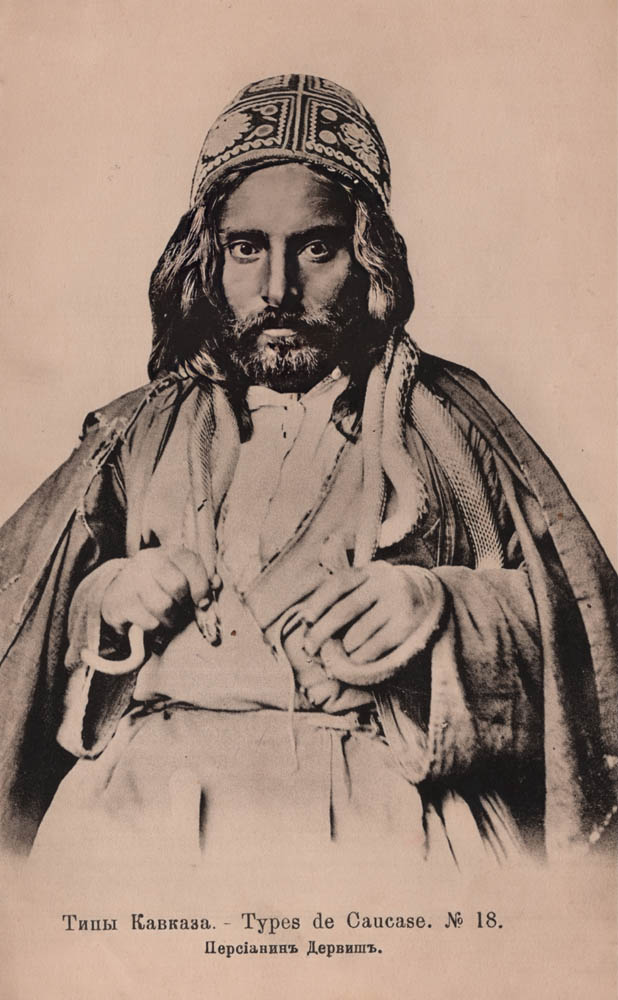Dervishes are Sufi Muslisms. They lead an ascetic lifestyle and devote their lives to Allah. Most dervish orders originate from the Mevlevi order. It is the oldest dervish fraternity, founded in the 12th century. Dervishes seek God through virtue and multiple religious practices. The most famous of these – the dance of the whirling dervishes – the sema, appeared in the 13th century. It is believed to have been devised by Jalāl al-Dīn Muḥammad Rūmī, a poet and mystic born in the Afghan city of Balkh. He lived from 1207 to 1273 and was more well-known by the name Mevlana, which in Arabic means ‘our master’
Rumi was walking through a market, and heard the pounding of hammers, which entranced him. Rumi began to spin, with his arms lifted to the sky…
Rumi’s wanderings eventually brought him to the Turkish city of Konya, where in 1244 he met Shams-e Tabrizi, which had a profound impact on both. Each became a master and a disciple for the other. By this time, Rumi inherited the hereditary title of ‘sheikh’ from his father (master of the order and a spiritual teacher). He was held in high esteem by his many students.
The Murids (novices within the order) loathed Shams, because Rumi – their beloved master – spent most of his time him. The fact that in 1247 Mevlana wed one of his adopted daughters to Shams did not help matters, and Shams-e Tabrizi was killed the same year. His corpse was cast into a well not far from Rumi’s home. The mystic refused to believe that Shams was murdered, and went to Damascus to search for him. There he spent many years, searching house by house and mosque by mosque. After his return to Konya, Mevlana continued his Sufic practices and died there in 1273. His body reposes in a Mausoleum, alongside fellow members of the Mevlevi order.
In order to take part in the Sema ceremony, disciples must cognisise their inner self through wanderings. The participants of the ceremony are the semazens and the sheikh. Their dress – a wide white skirt symbolises a burial shroud, their capes – the tomb, and their felt hat – the tombstone. The semazens sit onto lamb hides for prayer, then thrice follow the sheikh in a circle. Returning to their places, the semazens cast their capes to the floor. They then approach the sheikh with their hands crossed, to be blessed. Having received his blessing, the disciple begins whirling with his arms at waist-level. Then, the disciple raises his arms and begins moving them apart, one palm facing upwards and the other downwards. The whirl is interrupted three times, symbolising a greeting to the God, the universe, and the soul. While whirling, the semazens tilt their heads sideways, this constricting their cartoid arteries. This reduces blood flow to the brain and helps them a trance.
